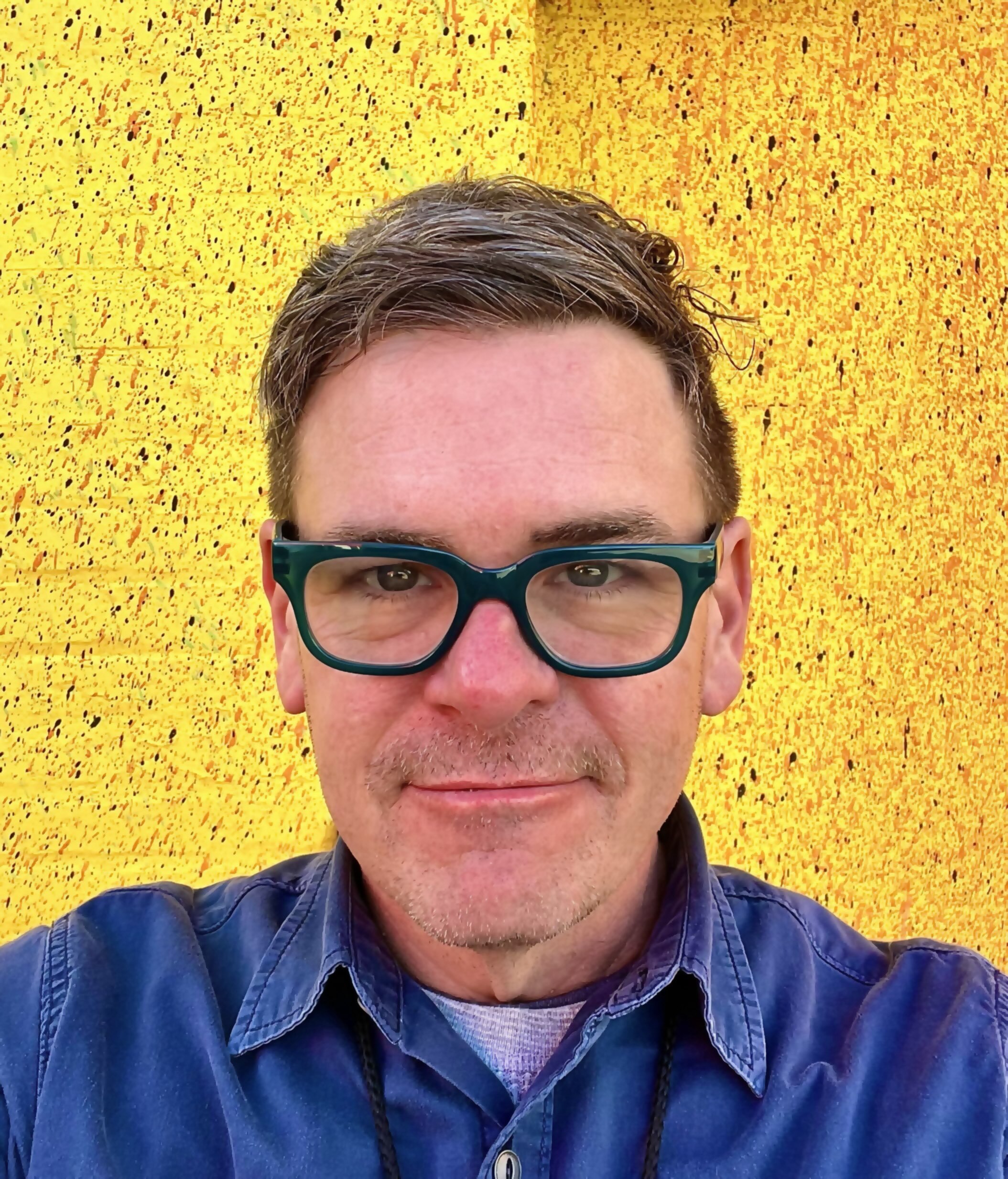
Director of Studios & Galleries Brandon Anschultz joined the KAF team in 2022. A painter, sculptor and printmaker, Anschultz holds a bachelor’s degree in Fine Arts from Louisiana Tech University and a Master of Fine Arts degree from Washington University in St. Louis. His work has been featured in numerous solo and group exhibitions.
What drew you to KAF?
I’ve known the Kranzbergs for over 20 years and have always appreciated their unwavering support for the arts and arts organizations. Watching the Foundation grow and witnessing the expanding impact of its work inspired me to get involved. I’m deeply passionate about contributing to and furthering that mission.
What is your favorite part of your job?
I often say that my job is helping make artists’ dreams come true. For me, that can take many forms. I spend time getting to know their artwork and the ideas behind it, then work to find the best way to help them showcase it. Every artist is different—some want hands-on collaboration with layout and display, while others need support in how to bring their concepts to life. My role is to meet them where they are and help realize their vision.
How do you feel your role directly supports the KAF mission?
My direct work with artists and efforts to amplify their voices closely align with the foundation’s mission. Like many on our amazing team, I wear multiple hats—collaborating across departments and contributing to most aspects of the foundation’s work.
What do you love most about the St. Louis arts community?
I originally moved to St. Louis just for graduate school, but I quickly became part of a vibrant and collaborative arts community. There’s a lot of support here—from grants and collectors to institutions—which made it possible for me to grow both my art practice and my professional work in museums, galleries, and arts organizations.
What do you personally do outside of work to engage in the arts?
I’m a practicing visual artist working in painting, drawing, and sculpture. I’ve been fortunate to exhibit my work around the country, as well as in many venues here in St. Louis, including the Contemporary Art Museum, Laumeier Sculpture Park, and a range of commercial galleries, artist-run spaces, and other arts organizations. Otherwise, you’ll find me cooking or hanging out with my partner, Christopher, or on some adventure with our awesome dog, Duncan.
Who are some of your favorite St. Louis artists/musicians/creators that people should check out?
Among the many talented artists based in St. Louis, I particularly follow the work of Juan William Chavez, Janie Stamm, Damon Davis, Jen Everett, and Katherine Bernhardt, and the poetry, writing, and curatorial work of Jessica Baran. I also admire the work of Wildwood Press and Pele Prints. Of course, this is just the tip of the iceberg – there are so many others whose work I admire, and this list could be much longer.










